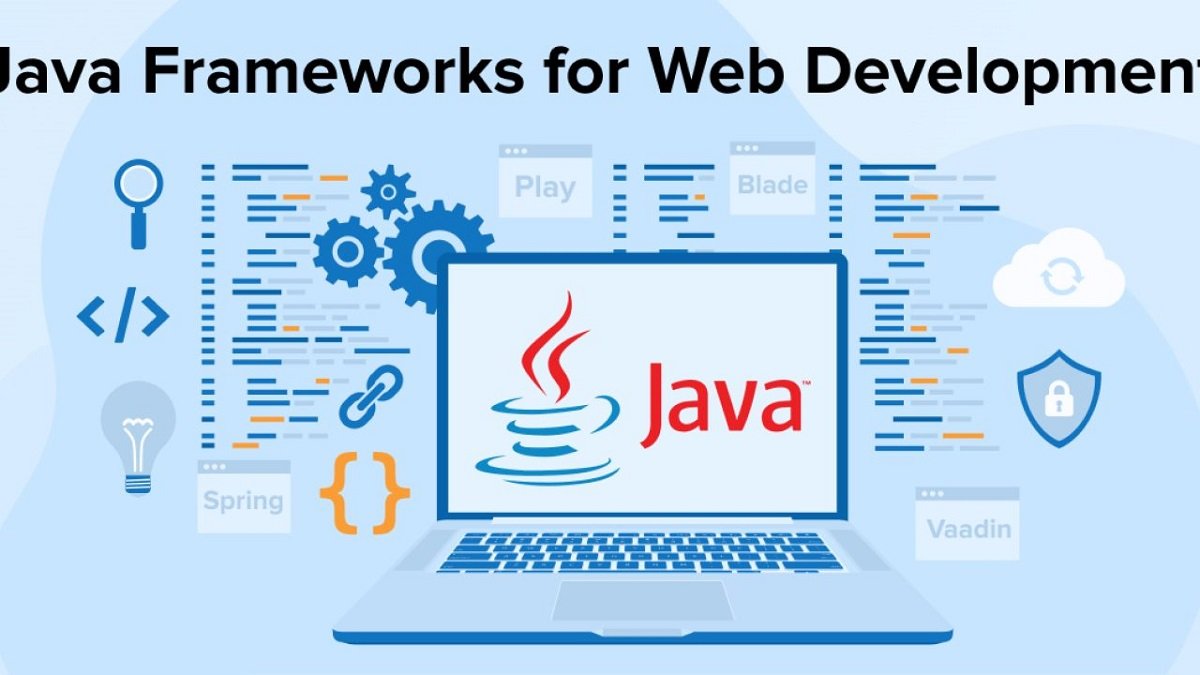In the ever-evolving landscape of software development, Java has remained a steadfast player. Renowned for its versatility, security, and platform independence. With the increasing need for scalable and robust applications in today’s digital world. The ETS Java App framework presents an opportunity for developers to streamline the development of enterprise-grade applications while maintaining scalability and performance.
Java’s longevity is attributed to its commitment to backward compatibility, a strong community, and the constant evolution of its frameworks and libraries. With frameworks like ETS Java App, developers can build high-performing applications that handle growing user demands without compromising on functionality or performance.
This article explores the essential features of the ETS Java App framework and its advantages in creating scalable Java applications.
Why Java for Enterprise Applications?
Before diving into the specifics of ETS Java App, it’s important to understand why Java remains the go-to choice for building enterprise-level applications:
- Platform Independence: Java applications can run on any platform that supports the Java Virtual Machine (JVM), reducing development efforts required for porting applications across different platforms.
- Robust Libraries and Frameworks: With an abundance of frameworks like Spring, Hibernate, and Struts, Java provides pre-built solutions to common problems, allowing developers to focus on business logic.
- Security: Security is a major concern in enterprise applications. Java provides built-in security features like secure authentication, cryptography, and encryption. Making it one of the most secure platforms for application development.
- Scalability: Java has proven capabilities to scale from small applications to large distributed systems. It is designed to manage resource-intensive processes and multi-threaded applications efficiently.
What is ETS Java App Framework?
ETS Java App is a comprehensive framework designed to aid in the rapid development of scalable, secure, and high-performance Java applications. It provides tools that simplify development, configuration, and deployment processes, allowing teams to focus more on business logic and less on boilerplate code.
While Java itself is a robust programming language, frameworks like ETS Java App add value by providing structure and simplifying the development process, especially in complex enterprise environments. The ETS framework addresses common concerns such as:
- Modularity
- High-performance operations
- Efficient resource management
- Seamless integration with other services
Key Features of ETS Java App Framework
Modular Design:
ETS Java App supports a modular architecture, which is essential for building large-scale applications. The modular design enables the division of the application into distinct, independent components. This means each module can be developed, tested, and deployed independently, leading to easier maintenance and scalability.
Built-In Security Mechanisms:
With ETS Java App, developers gain access to advanced security features like role-based access control, secure session management, and encryption mechanisms. It also integrates well with third-party security libraries and services, ensuring that applications remain protected from threats such as SQL injection, cross-site scripting (XSS), and cross-site request forgery (CSRF).
Integration with Popular Libraries:
ETS Java App seamlessly integrates with other popular Java libraries and frameworks, including Spring Boot, Hibernate, and Maven. This ensures that developers can use familiar tools and libraries to accelerate the development process without worrying about compatibility.
Microservices Support:
In the modern application development paradigm, microservices have gained immense popularity for their ability to break down monolithic applications into smaller, independent services. ETS Java App supports microservices architecture, enabling applications to scale horizontally with ease.
Automated Dependency Injection:
ETS Java App offers built-in support for DI, automatically injecting dependencies where needed, leading to cleaner, more maintainable code. This also enhances testability by making it easier to mock dependencies during unit testing.
How ETS Java App Enhances Scalability
- Load Balancing:
One of the key features of ETS Java App is its built-in support for load balancing. By distributing traffic evenly across multiple servers or application instances, ETS Java App ensures that no single server is overwhelmed by requests, enhancing the application’s capacity to scale. - Horizontal and Vertical Scaling:
ETS Java App allows both vertical (adding more power to existing servers) and horizontal scaling (adding more servers to share the load). Its architecture makes it easier to implement cloud-based scaling solutions, ensuring seamless scaling in real-time. - Caching Mechanisms:
ETS Java App supports advanced caching mechanisms to reduce database load and enhance application performance. By storing frequently accessed data in-memory or in distributed caches, the framework ensures faster response times and improved user experience. - Database Connection Pooling:
Efficient database connection management is essential for handling multiple requests simultaneously. ETS Java App implements advanced database connection pooling mechanisms. Ensuring that connections are reused optimally, reducing the overhead on the database and improving performance.
Best Practices for Using ETS Java App in Large-Scale Projects
- Modularization: Break down the application into smaller, independent modules. This not only makes the codebase more manageable but also enhances scalability.
- Optimize Database Queries: Use caching, indexing, and optimized SQL queries to prevent performance bottlenecks when dealing with large datasets.
- Implement Asynchronous Tasks: Where possible, offload time-consuming tasks to background threads using ETS Java App’s asynchronous processing capabilities.
- Leverage Cloud Infrastructure: ETS Java App integrates well with cloud services, enabling dynamic scaling based on user demand.
- Monitor and Scale Dynamically: Set up proper monitoring tools to observe the performance of your application and scale dynamically when necessary.
Conclusion
As the demands on software continue to grow, frameworks like ETS Java App provide a solid foundation for building scalable, secure, and high-performing Java applications. With features like modular design, built-in security, and support for microservices. ETS Java App ensures that developers can focus on creating solutions that meet today’s enterprise requirements. By adopting best practices and leveraging the full potential of ETS Java App, development teams can deliver applications that handle increasing traffic and user demands without compromising on performance or reliability.











